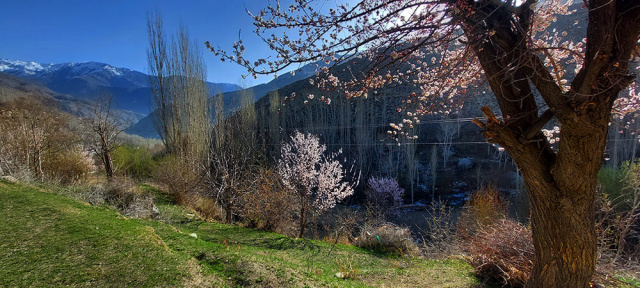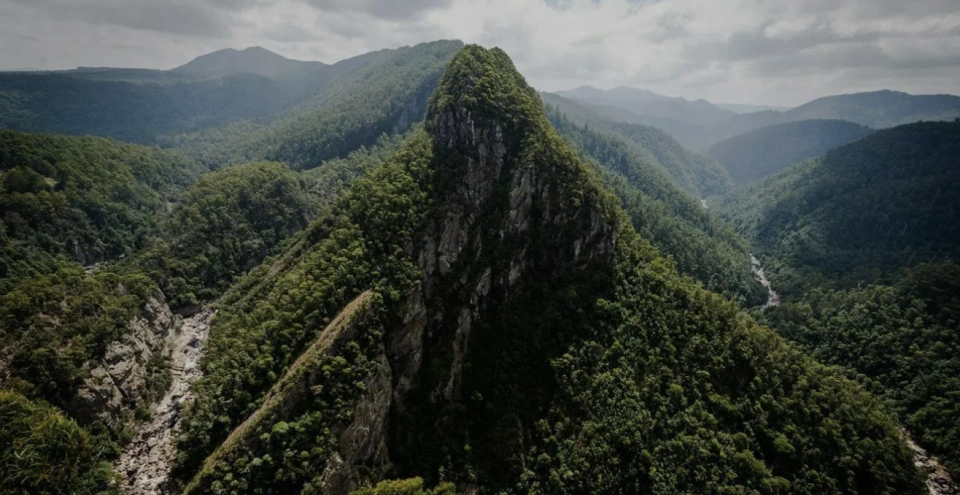Seasons of the Chitral Valley
Chitral & Gilgit-Baltistan
Each season has its colors with a lot of seasonal birds and wildlife. In spring and winter, we receive migratory birds as the Chitral valley is the migratory route to the waterfowl on their way to and from Siberia. During autumn, northern Pakistan presents a stunning view with colorful leaves, and summers are known for juicy fruits (mulberry, peaches, apricots, grapes, cherries, etc.). The spring season is equally attractive with the blossoms of apricot and apple. Winters are harsh, and we receive heavy snowfall and avalanches everywhere. We do not have complicated structured buildings in the area, and people live simply in harmony with nature.

Connection with nature has simplified habits, polished our behavior, minimized need, and purified us spiritually - Shams Uddin

Shams Uddin
Each season has its colors with a lot of seasonal birds and wildlife. In spring and winter, we receive migratory birds as the Chitral valley is the migratory route to the waterfowl on their way to and from Siberia. During autumn, northern Pakistan presents a stunning view with colorful leaves, and summers are known for juicy fruits (mulberry, peaches, apricots, grapes, cherries, etc.). The spring season is equally attractive with the blossoms of apricot and apple. Winters are harsh, and we receive heavy snowfall and avalanches everywhere. We do not have complicated structured buildings in the area, and people live simply in harmony with nature.

Connection with nature has simplified habits, polished our behavior, minimized need, and purified us spiritually - Shams Uddin
You might like...

Maasai Mara

An island where natural processes are at work

Leven Canyon: spectacular views and versatile biodiversity

Deosai: The Last Sanctuary
Newsletter
Sign up to keep in touch with articles, updates, events or news from Kuno, your platform for nature
